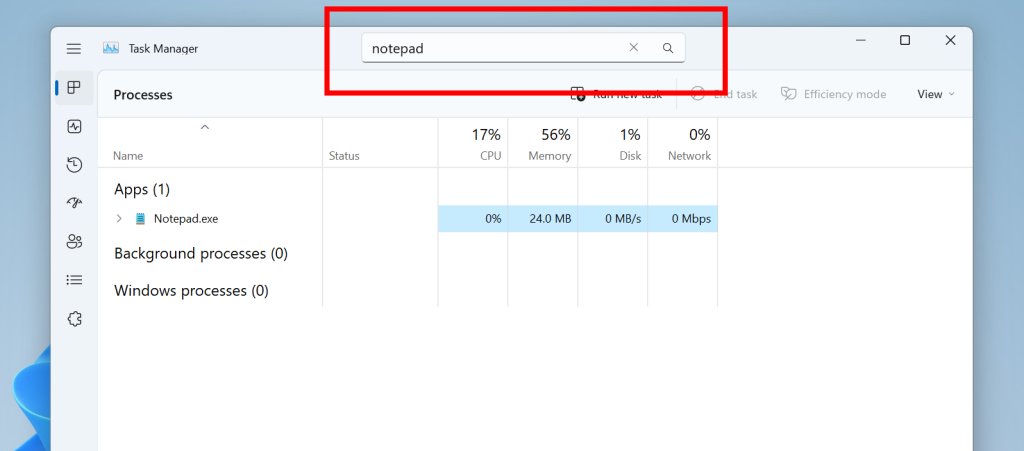
This can also be used to install Sysinternals using PowerShell. This helps you to install software and features. With Windows 10, you can now make use of this module. In the latest versions, the name from OneGet changed to PackageManagement. At this time, the Windows Management Framework V5 Preview came with a module called OneGet, which allowed you to install and manage packages. When you run commands through PsExec on a remote PC, the PsExec service (executable file system32psexesvc.exe) will start, so for normal operation you will need domain administrator rights on the remote machine.I already made a post in April 2014 where Microsoft announced the first preview of the Windows Management Framework 5.0.

You do not need to install it, you can simply copy it to the directory defined in the %path% variable (for example, C:/Windows/System32). PsExec is very convenient for performing many tasks related to the maintenance and administration of remote workstations and servers. On a remote PC, PsExec runs as a Windows service with the same name. The convenience of PsExec is that it is easy to deploy on the network due to the ability to remotely install without having to install or configure anything on each.

What are the environmental requirements for working with the PsExec utility? To run commands and processes remotely, it is necessary that the Server and Workstation services (Workstation and Server) function on the remote and local PC, and the standard Admin$ share must be available on the remote computer. Using Sysinternals PsExec Utility on Remote Windows Systems Sysinternals PsExec is a free utility and can be downloaded at. Those when working with this utility, one gets the feeling that the application works locally on your PC. PsExec is a convenient command-line utility, with which you can run programs on remote Windows systems, redirecting data that the application displays to the local PC.


 0 kommentar(er)
0 kommentar(er)
